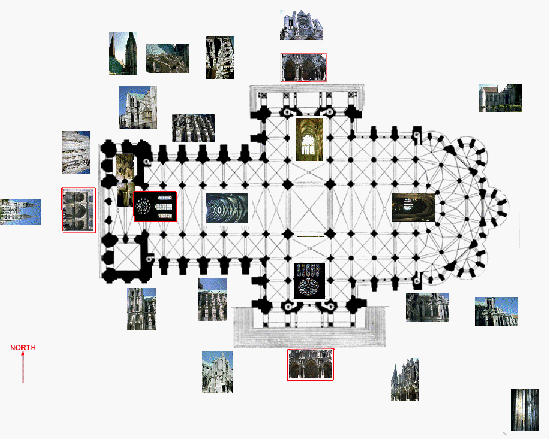Theology Department
St. Stephen's
Episcopal School
Austin, Texas
Tradition
-the episcopal church
Curriculum
-theology 12
-theology 8
-theology senior elective
Resources
-books
-community service
-ethics
-human rights, interfaith
dialogue, & peacemaking
-environmental concerns
-historical figures
-larger perspectives
-practice
Contact
please report invalid links to: theology@sstx.org

Introduction to Theology 12
A year-long, full-credit course required of all seniors, Theology 12 reflects
the idea that by engaging fundamental questions students can begin to equip
themselves to live with meaning and purpose in a modern, pluralistic society.
The structure of the class emphasizes critical reading, analysis, discussion,
and frequent writing assignments.
Students are encouraged to explore connections between their lives and topics being studied, including the spiritual impulse, the nature of the religious experience, patterns in religious thought and behavior, the dynamics of faith, the Judeo-Christian tradition, and scriptures from other traditions.
Students will read Hesse's Siddhartha, Otto's The Idea of the Holy, Eliade's The Sacred and the Profane, Tillich's The Dynamics of Faith, the Tao te Ching, The Bhagavad Gita, and The Holy Bible, with particular emphasis on Genesis, Exodus, Job, Mark, John, First Corinthians, and Galatians. References are also made to works being studied in other courses taken during the senior year.
Fall Term
Students prepare a spiritual autobiography, emphasizing who they understand themselves to be, and the events or people who have been particularly influential.
Students examine Herman Hesse's Siddhartha by Hermann Hesse from the perspective of Sigmund Freud in his essay, "The Future of an Illusion," and from the perspective of Christopher Lasch in his essay, "The Illusion of Disillusionment."
In The Idea of the Holy , Rudolf Otto explores the non-rational aspect of the religious experience. Students explore how his conclusions fit the experience of Siddhartha, or not?
The Great Vigil of Easter fromThe Book of Common Prayer is one of the oldest rituals of the Christian Church. We examine this ritual using the analysis regarding the patterns of thought and behavior of religious people with regard to space, time, and nature as depicted by Mircea Eliade in The Sacred and the Profane .
Winter Term
Students explore ways in which the The Ten Ox-Herding Pictures of the Buddhist tradition illustrate the ideas found in Paul Tillich's The Dynamics of Faith by Paul Tillich. The following links could be helpful as you read Tillich:
|
|
|
|
|
We read the Tao Te Ching of the Taoist tradition. Useful links include Lin Yutang's translation here or a variety of translations here. For some thoughts on a common sense and the Tao te Ching, go here.
Regarding the Bhagavad Gita, suggestions for links are welcome.
Spring Term
Links with information related to The Gospel According to Mark and to Paul's First Letter to the Corinthians can be seen at the New Testament Gateway, the PBS Frontline series on "From Jesus to Christ," and here regarding First Corinthians in particular. Both include much more than these two readings, so take your time and look around.
Links related to Archbishop Oscar Romero can be found here and here.
Links related to Mahatma Gandhi can be found here and here.